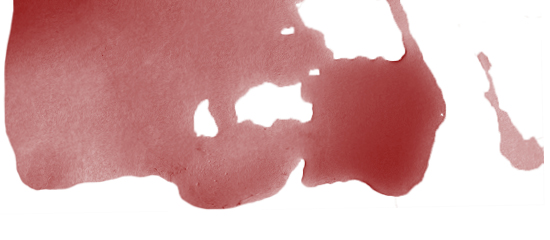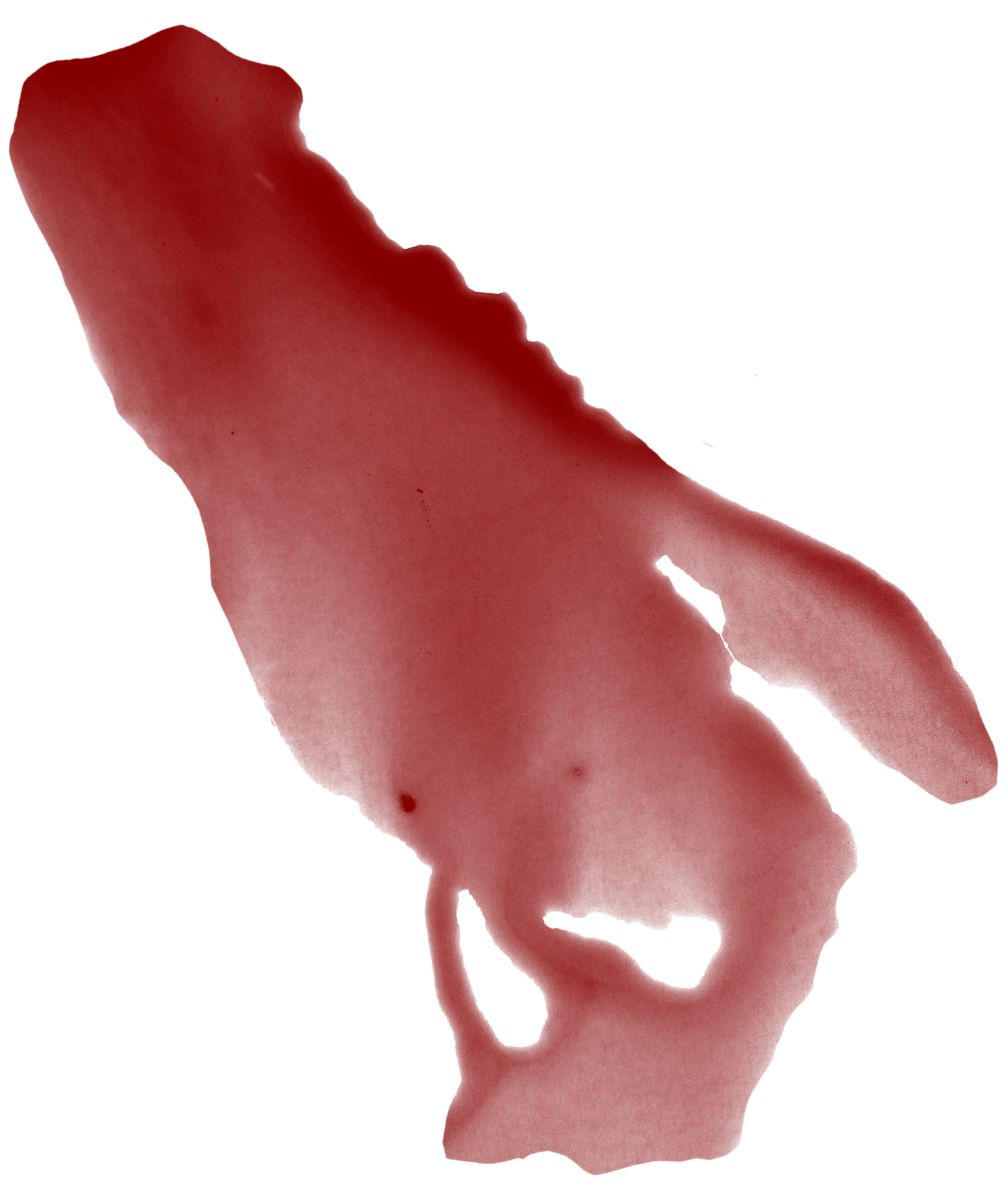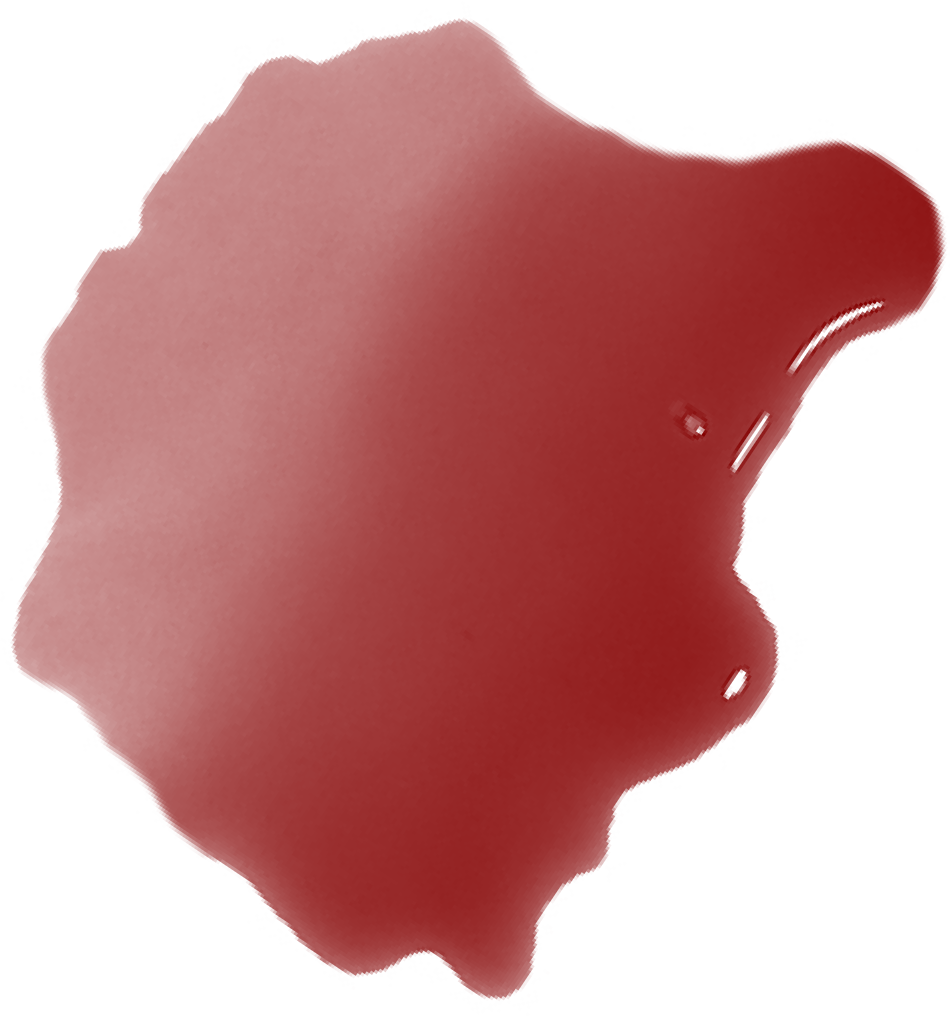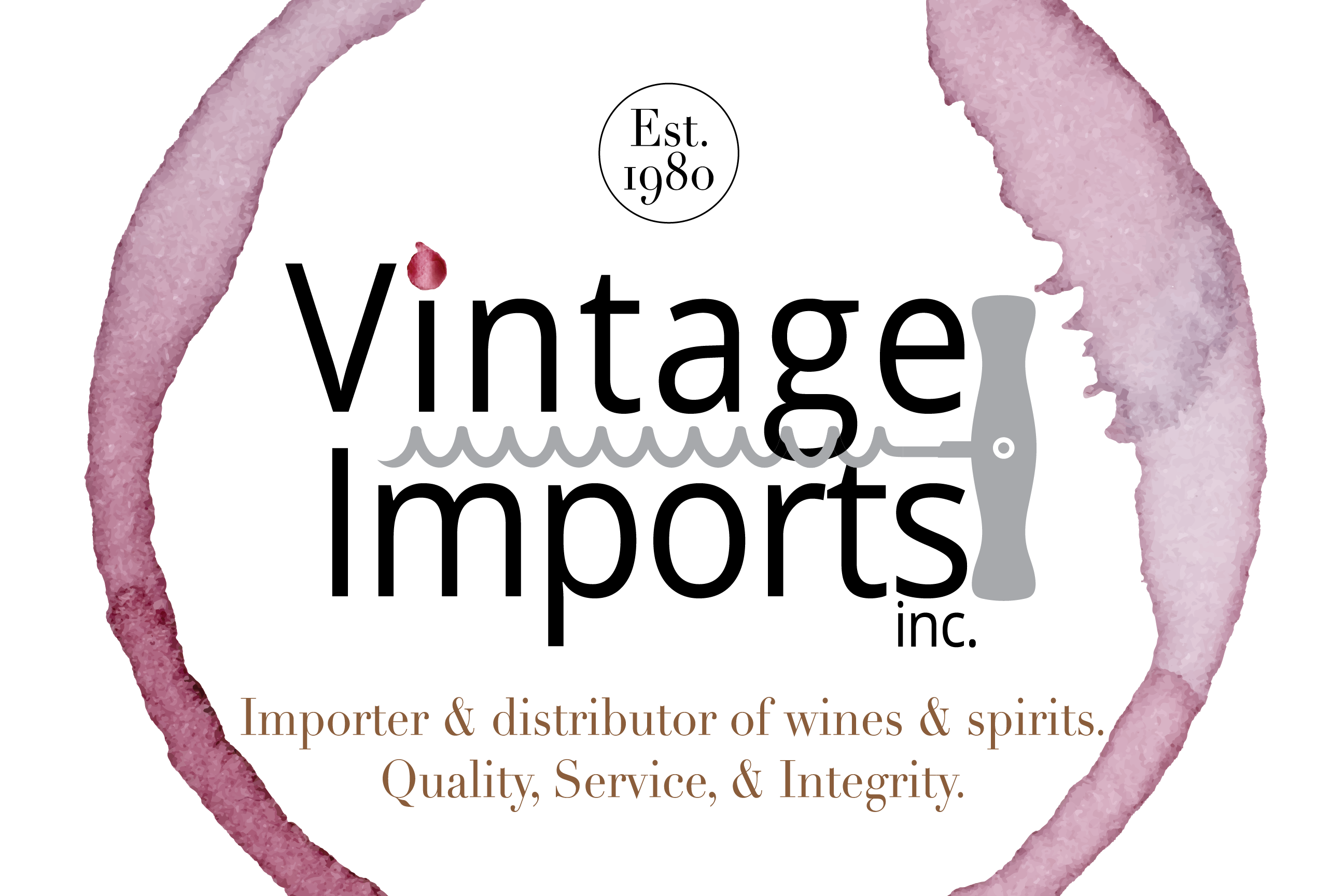


Cafaggio
About Cafaggio Vineyards
Villa Cafaggio covers approximately 60 hectares, of which 30 are cultivated as specialised vineyards and about 10 as olive groves. The remaining area is woodland. Situated in the hamlet of Greve in Chianti, in Panzano, the estate is nestled in the ‘Conca d’Oro’ (Golden basin), an area recognised as the finest zone for producing Chianti Classico. The origins of Villa Cafaggio lie in the distant past, back in medieval times. The first document attesting its existence dates back to 1408, a precious parchment conserved in the estate’s archives. The estate was then called ‘Cahago’, which means ‘enclosed, cultivated field’.
Records indicate that in the late fifteenth century the property was owned by the Benedictine monks of Siena before passing into the hands of various owners, including the famous Niccolini family from Florence.
Before the end of the modern age the estate was sold to the Florentine Hospital of Santa Maria Nuova, and records show that, even at that time, the farm produced a great variety of food products, including wine and oil.|In the nineteenth century, Villa Cafaggio passed to the Boddi family. At the end of the 1860s, the property was purchased as a country house by the Farkas family, but by 1967 it was in such a state of neglect that the Farkas decided not only to renovate the wine cellars, but also to replant the vineyards and olive groves.
Since the spring of 2005, Villa Cafaggio has been managed by La-Vis Group, which, together with Casa Girelli, offers ideas, investment and new strategies for its development, to make the most of the opportunities offered by highly globalised markets.|The main priority will therefore be to maintain an almost maniacal focus on the production process across the entire supply chain, which should ensure a further increase in the quality of its wines. Cafaggio srl will seek to strengthen its role as a niche producer of Chianti Classico and to develop and improve what already exists.
Cafaggio srl produces four types of Basilica wine: Basilica San Martino, Basilica Solatìo, Basilica del Cortaccio and Basilica del Pruneto, as well as one Chianti Classico Riserva and one Chianti Classico.
Basilica San Martino is a Chianti Classico Riserva with a modern feel, and is named after the ancient church of San Martino in Cecione, to which it was once attached.|Basilica Solatìo was first produced in 1981, and is back on the scene with its 2010 vintage made with the finest grapes from the Solatìo vineyard.|Basilica del Cortaccio is an elite Cafaggio Cabernet Sauvignon vineyard and a true emblem of the ‘terroir’.
Basilica del Pruneto is an unblended Merlot, obtained from the cultivation of a small vineyard overlooking the ‘Conca d’Oro’. At last, Chianti Classico Riserva and Chianti Classico are obtained exclusively from Sangiovese grapes.
